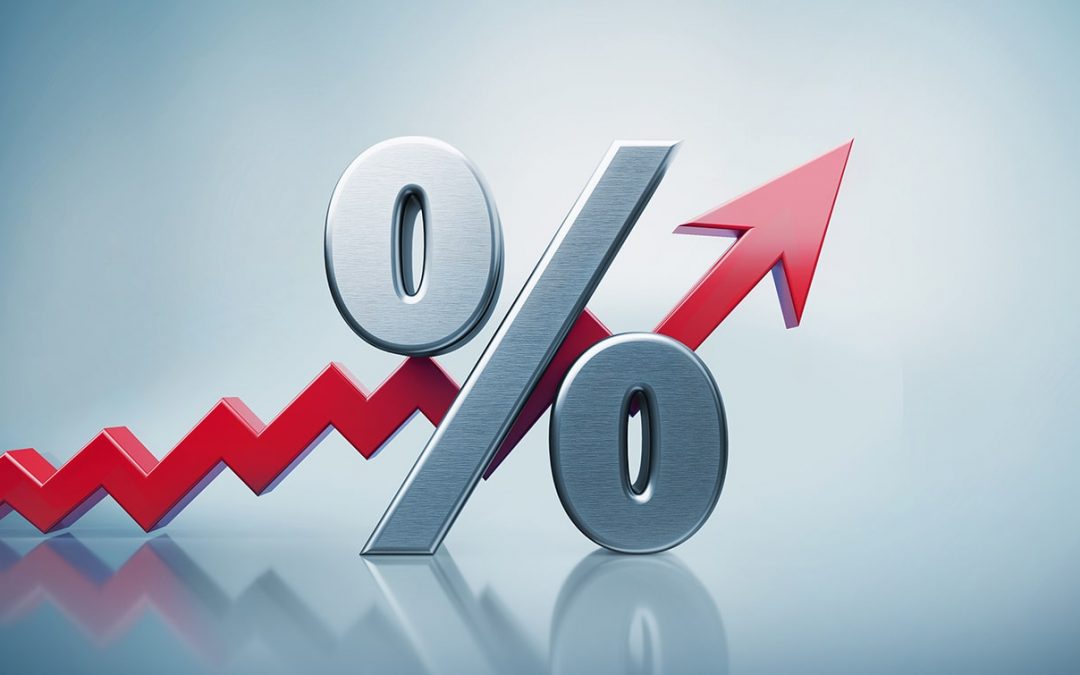Interest rates can be challenging, as it depends on a multitude of factors, including economic conditions, central bank policies, inflation trends, geopolitical events, and market dynamics. However, I can provide an overview of some factors that may influence the direction of interest rates and potential scenarios for their decrease:
Central Bank Policy: Central banks play a pivotal role in setting short-term interest rates through monetary policy tools like the federal funds rate (in the U.S.) or the policy rate (in other countries). Central banks typically lower interest rates to stimulate economic activity during periods of weak growth or recession. They may do this by decreasing the target interest rate, engaging in quantitative easing (QE) programs, or implementing other unconventional monetary policies. Therefore, monitoring statements and actions by central banks can provide insights into potential interest rate movements.
Economic Indicators: Economic indicators such as GDP growth, unemployment rates, consumer spending, and inflation rates provide signals about the health of the economy. Central banks closely monitor these indicators to assess the need for monetary policy adjustments. If economic data indicate a slowdown or contraction, central banks may consider lowering interest rates to stimulate borrowing, investment, and spending.
Inflation Trends: Inflation is a key determinant of interest rate decisions. Central banks aim to maintain price stability by keeping inflation within a target range. If inflation rises above the target, central banks may raise interest rates to cool down the economy and curb inflationary pressures. Conversely, if inflation remains below target or deflationary risks emerge, central banks may lower interest rates to stimulate inflation and economic activity.
Global Economic Conditions: Global economic factors, such as trade tensions, geopolitical events, and fluctuations in commodity prices, can influence interest rate decisions. Central banks may respond to global economic developments that impact their domestic economies by adjusting interest rates accordingly.
Market Expectations: Market participants, including investors, traders, and economists, closely monitor economic data releases, central bank communications, and geopolitical events to anticipate future interest rate movements. Expectations about the direction of interest rates can influence bond yields, mortgage rates, and other financial instruments. Central banks may consider market expectations when formulating monetary policy decisions.
Policy Response to Crises: In response to major crises, such as the COVID-19 pandemic or the global financial crisis, central banks and governments may implement aggressive monetary and fiscal stimulus measures to support the economy. These measures may include interest rate cuts, QE programs, fiscal stimulus packages, and targeted support for specific sectors. The timing and effectiveness of policy responses can impact the trajectory of interest rates.
Structural Factors: Structural factors, such as demographic trends, technological advancements, productivity growth, and regulatory changes, can influence long-term interest rate trends. For example, aging populations in many advanced economies may exert downward pressure on interest rates due to lower labor force participation and slower economic growth.
While these factors provide insights into the potential drivers of interest rate movements, it’s important to recognize that interest rate forecasting involves uncertainties and risks. Economic conditions can evolve rapidly, and unexpected events can disrupt forecasts. Therefore, investors, policymakers, and analysts continuously monitor a wide range of indicators and scenarios to assess the outlook for interest rates.

